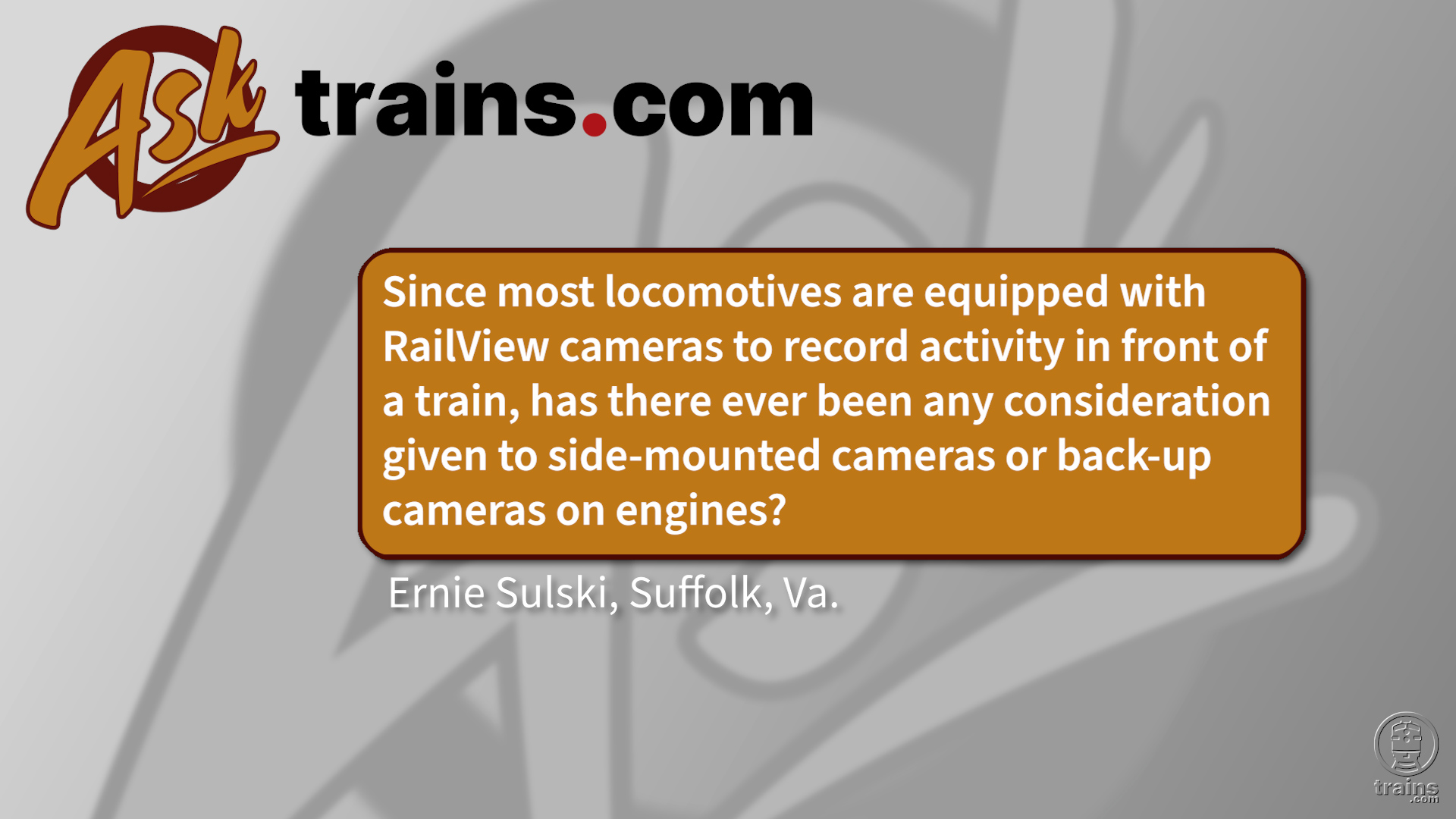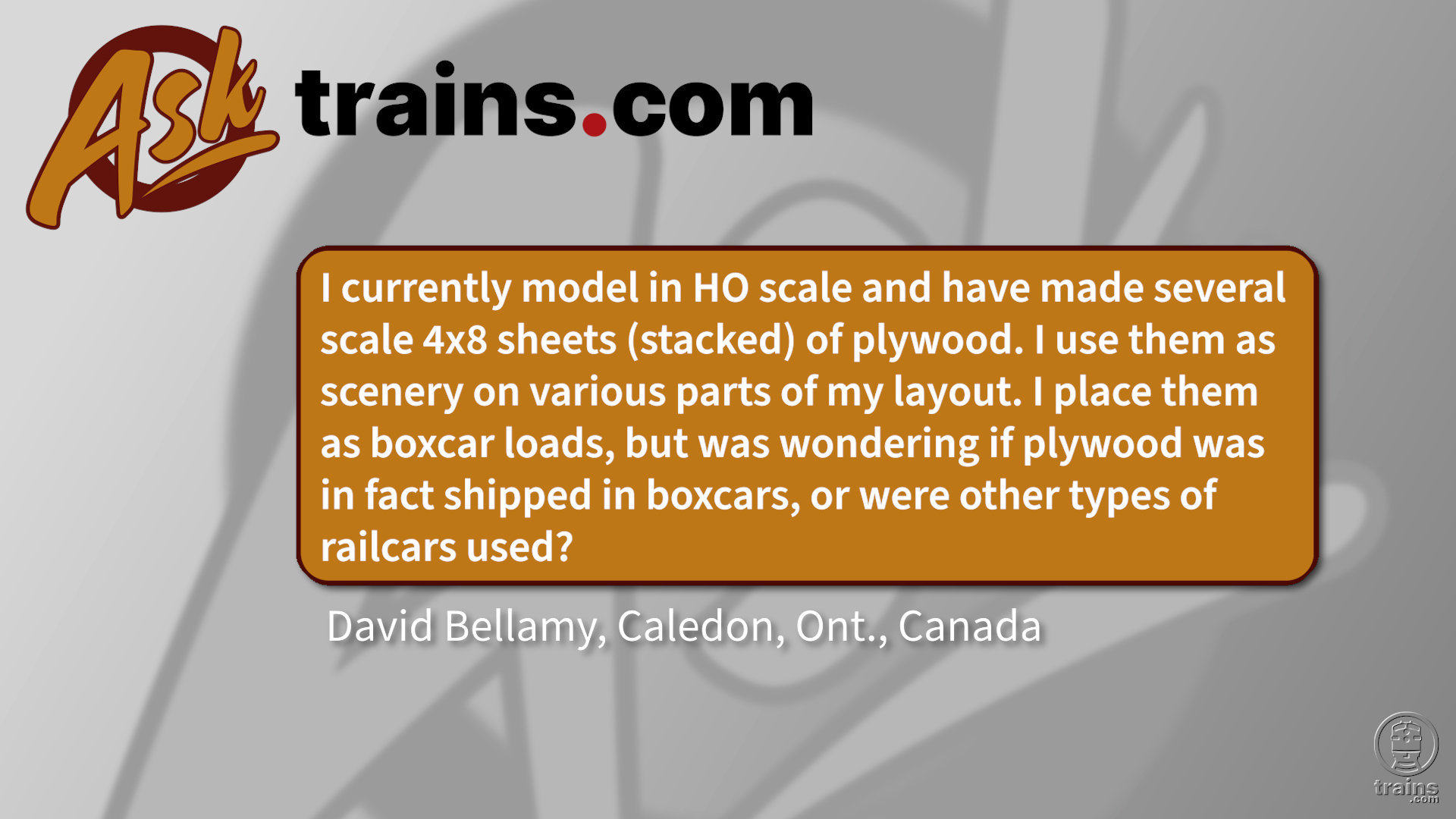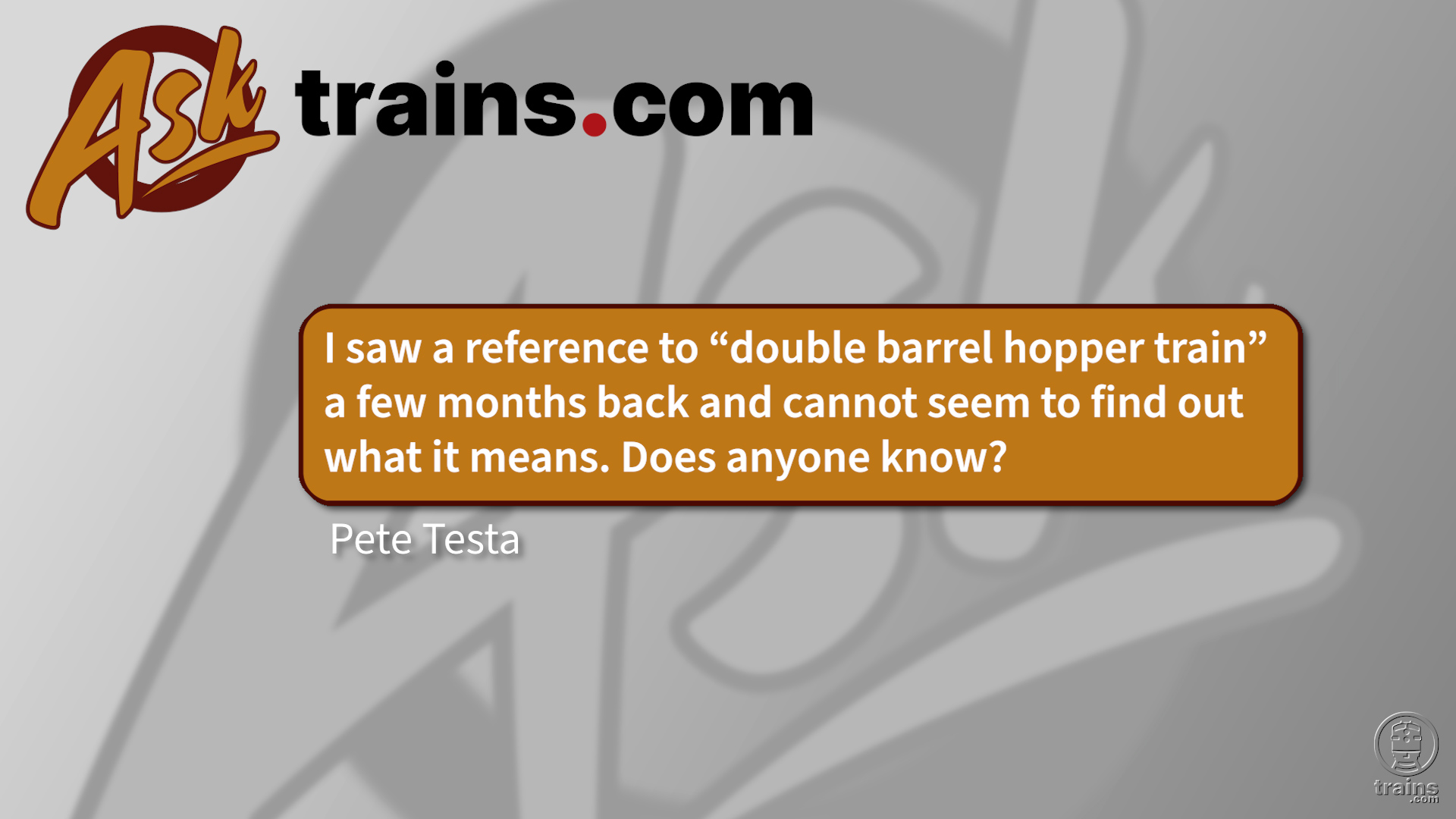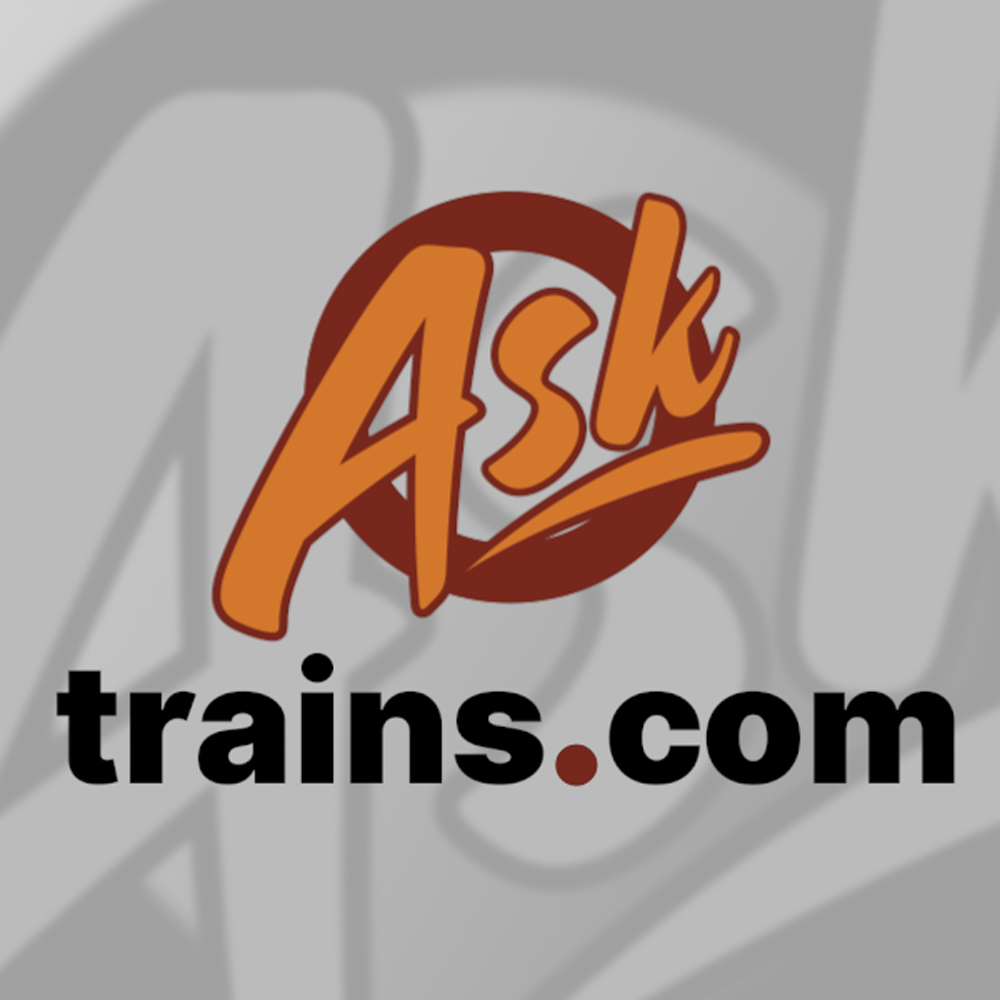— Bob Schmidt, Spokane, Wash.
A The restroom is located in the nose or the “short hood” end of the locomotive. They are similar to the ones on airplanes, but they aren’t quite as user friendly. There is a chemical toilet similar to the one you might use at an outdoor event, like a fair or concert. Many are made of stainless steel but a few are plastic. There is a toilet unit and a door for privacy, although they can be quite small. The toilet unit is the only object in the room.
Railroads provide crew packs, which contain a wax paper toilet seat protector, waterless hand cleaner, paper towels, moist towelettes, and a small trashbag in which to throw everything away. The carrier also provides water for drinking, which can also be used for washing your hands.
When the engineer needs a comfort break, the train must come to a complete stop and be secured from movement before he uses the facilities. Federal rules require a licensed locomotive engineer to be at the controls at all times while the train is in motion.
A student engineer is also allowed to operate a train or engine, but only under the watchful eyes of the qualified locomotive engineer.
Norfolk Southern, until recently, had only a frame with a toilet seat on it in its locomotives. The railroad would issue each employee a plastic “chemical” bag to place in the frame during use. The unions finally fought and won the installation of actual chemical toilets on NS locomotives.
— Peter J. Pelke II, locomotive engineer
the route for trains headed south to Greenbush. I’ve observed the grade crossing warning gates go down before a train gets a green signal after it leaves a station,
but the “C” never seems to illuminate. What is the purpose of the “C” signal?
— Christian Putnam, Scituate, Mass.
A The “C” marker is the clear block indicator for trains not equipped with cab signals. Trains with operative cab signals don’t need it and can proceed through the block on cab indication. There are no fixed intermediates meaning no wayside signals between control points. A train without cab signals must not enter the block unless the way is clear all the way to the next interlocking, and can proceed if the C marker is flashing lunar white. It does not operate automatically and must be requested by the dispatcher.
— Philip Minch, senior signal engineer, Balfour Beatty Rail Inc.
— Dan Strausberg, Novi, Mich.
A Railcar wheels are gently tapered from the flange down to the outside of the rim, and the combination of tapered wheels and solidly mounting the wheels to the axle allows the wheel sets to self-steer. In a curve, the outside wheel rides toward the flange, increasing the effective wheel radius, and the inside wheel rides toward the outside of the rim on a smaller wheel radius. This “rolling radius difference” means that the wheel set actually travels in a curve and can match the curve of the track.
This arrangement works well for curves up to 5 degrees; on sharper curves, the flanges
come more into play and sometimes you can hear them “singing” as they rub the rail.
Independently rolling wheel sets have been tried on railcars but the wheels tend
to wear out too quickly since they don’t steer through curves.
Highway trailers don’t need to self-steer since they are attached to a tractor trailer. Also, highway vehicles need to turn much more sharply than railcars and benefit greatly from wheels that “differentiate,” or roll independently, in curves or when making tight turns.
— Eric Powell













